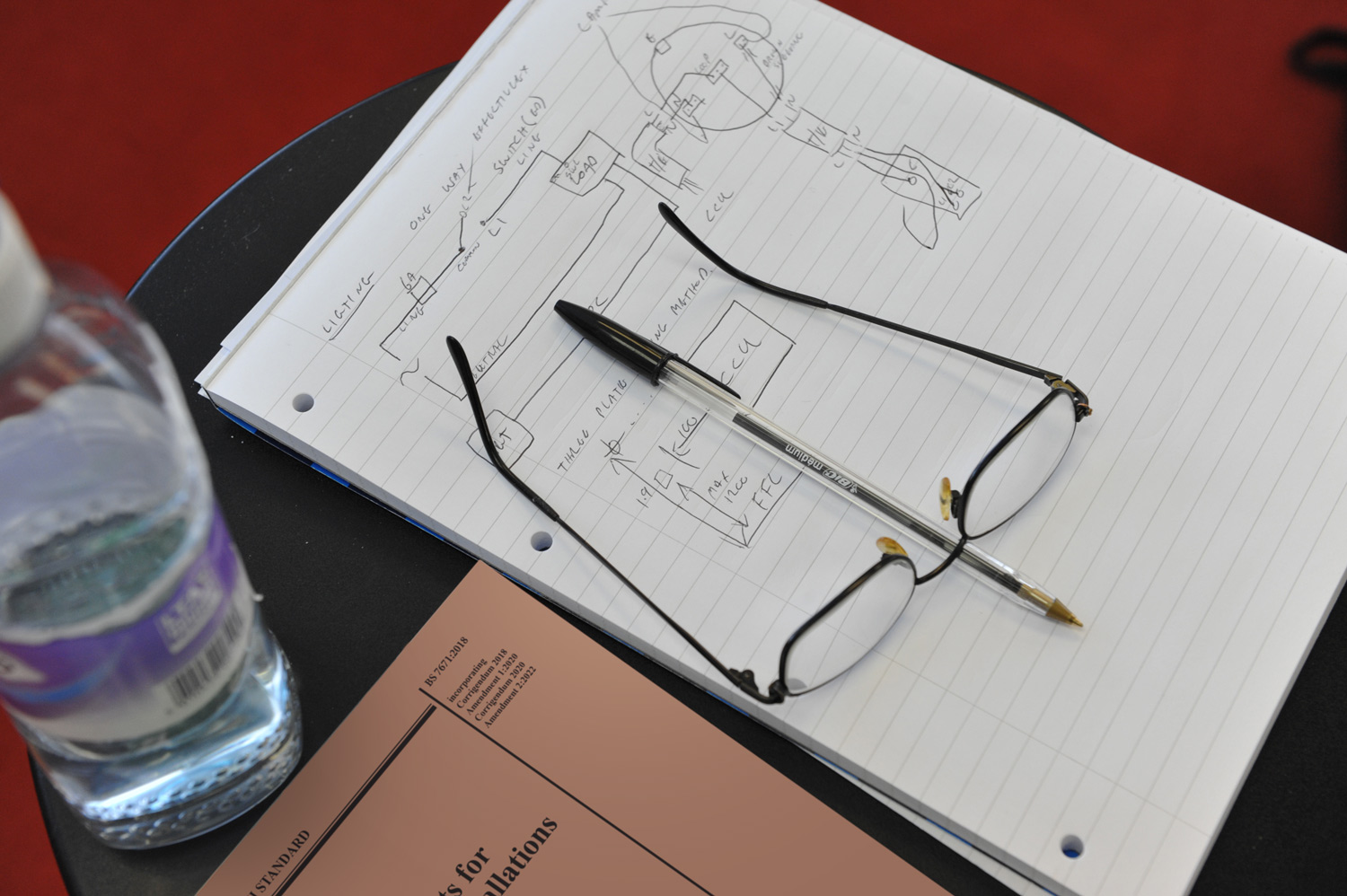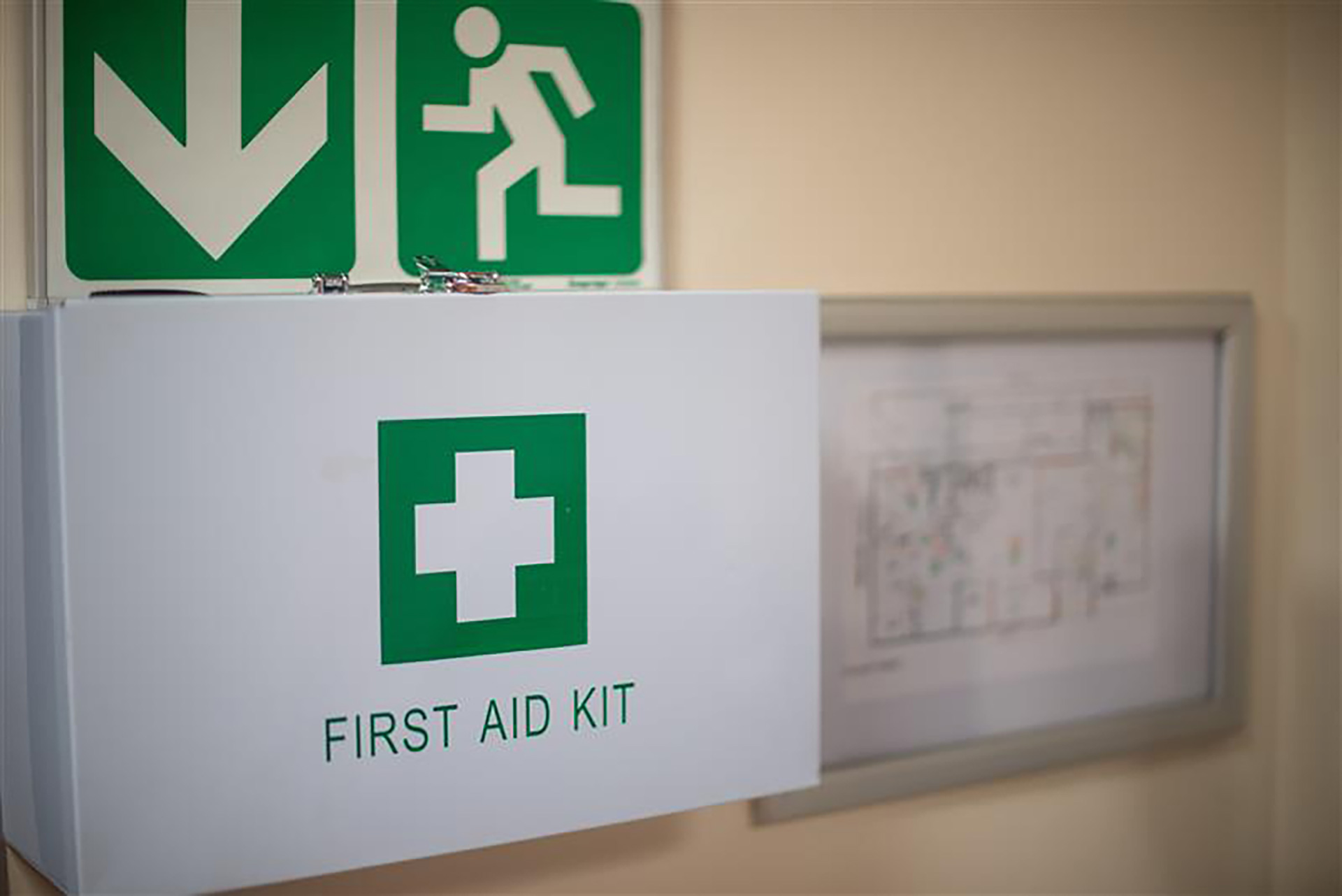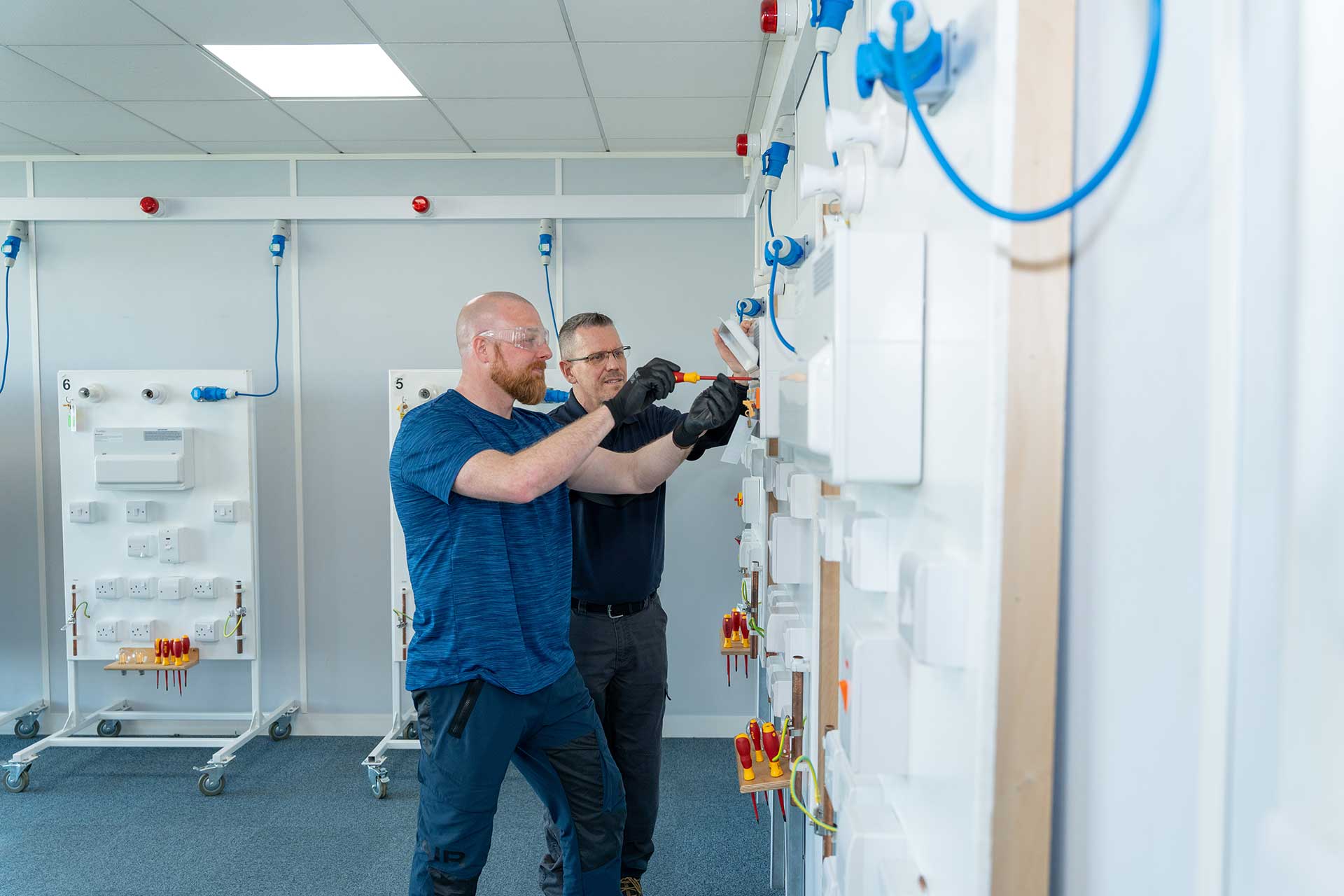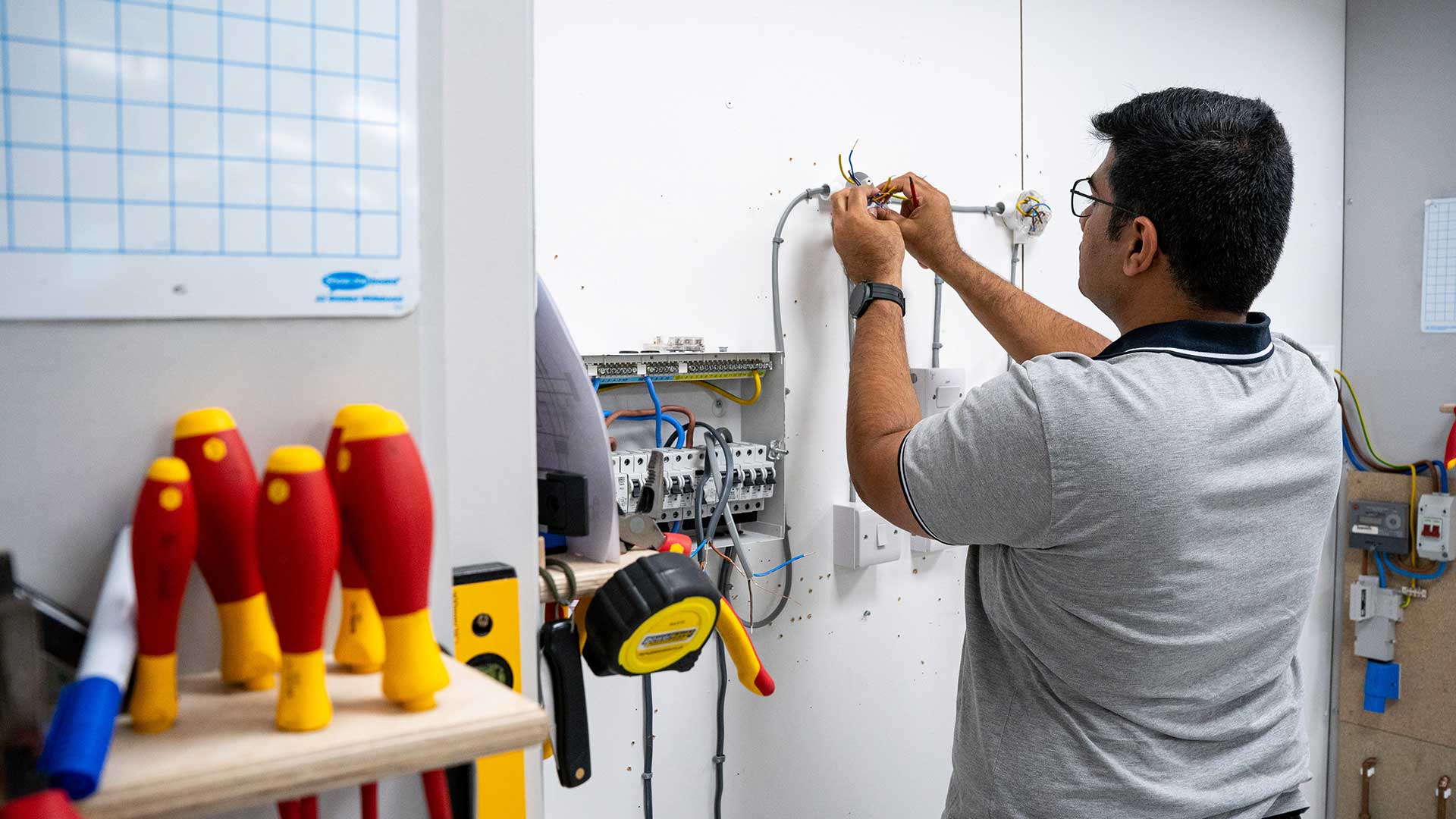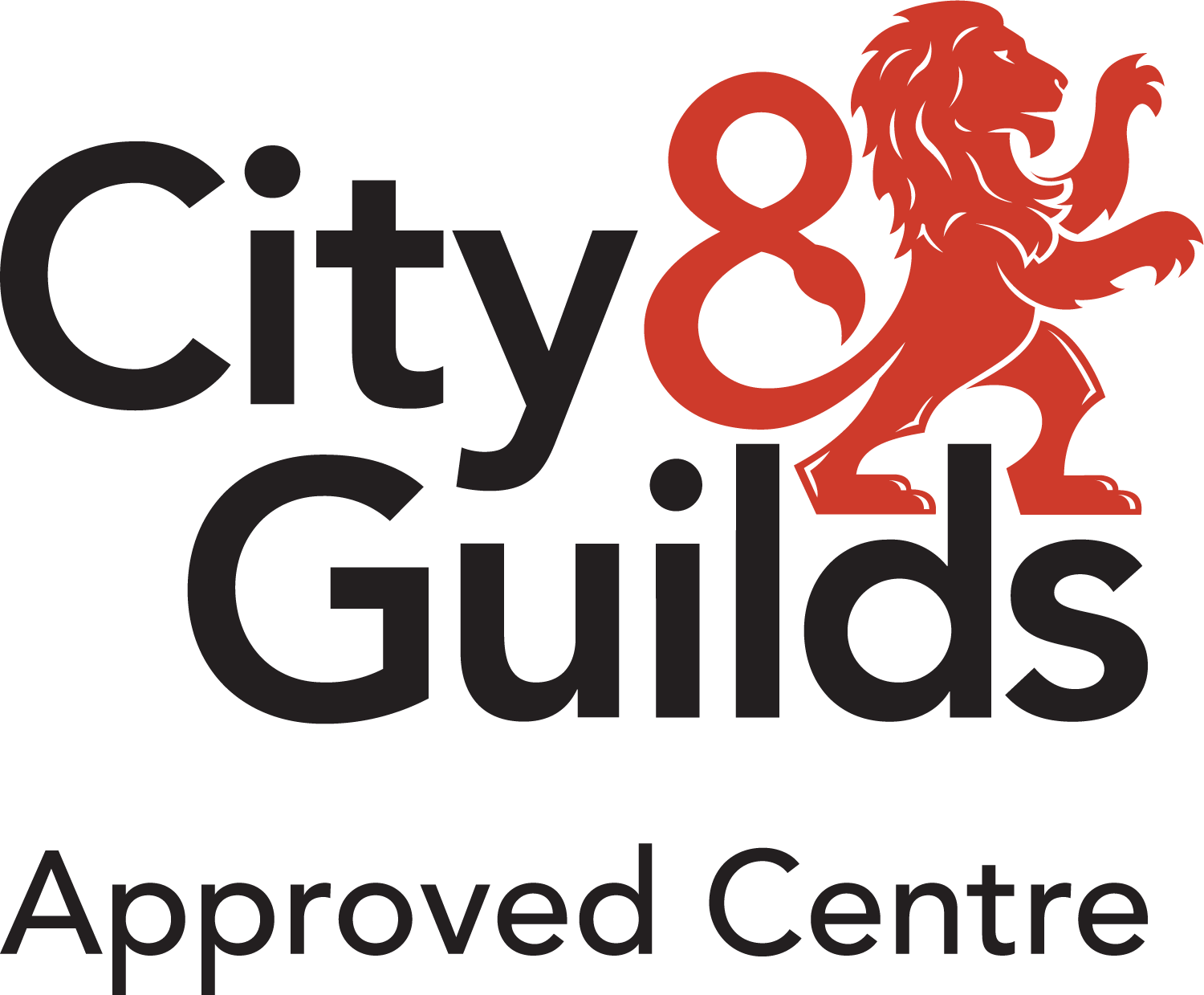To ensure that your electrical testing equipment and test meters provide you with accurate results in accordance with its specifications it is recommended that you have these calibrated on regular basis.
A frequently asked question is ‘How often should I calibrate my test equipment’ and the short answer is that unfortunately there is no short answer! There isn’t a ‘one size fits all’ as every instrument will have a different calibration frequency requirement as recommended by the manufacture.
Therefore, to give peace of mind and to ensure that you can use your equipment safely and reliably, it is advised that you follow the manufacturers recommended frequency. However, you should also bear in mind that critical measurements may require different intervals.
How important is Calibration
The calibration process compares a measuring instrument with a measurement standard to establish the relationship between the values indicated by the instrument and those of the standard.
The accuracy of your test instruments can drop over time, therefore it is advisable that regular calibration is undertaken. The accuracy of major components of instruments like voltage references, input dividers and current shunts will start to shift over time. However, this shift is minor and won’t affect the measurements if you maintain a good calibration schedule.
The calibration of your test instruments must be undertaken by an accredited laboratory. All meter calibrations must be traceable back to the National Standards and procedures detailed in BS EN/IEC17025:2017 and carried out by suppliers who are ISO 9001:2015 certified. The organisation you use should be AKAS accredited. If they are not, the following risks could include compliance and safety issues, litigation issues, wastage of resources and materials, increased downtimes, low quality of the final products.
It is also worth noting that by keeping your own record of measurements, you will be satisfying guidelines from bodies such as the NICEIC, ELECSA and NAPIT who will carry out your annual assessment.
If you do this using a known fixed resistor bank, for example, record the results at the frequency and manner specified by the bodies and the readings remain the same, this may satisfy the need for calibration.
Listed below are some calibration frequencies, which we hope you will find helpful:
- Manufacturers’ recommendation – You should keep up with the manufacturers’ recommend frequency, however you should also note that critical measurements may require different intervals.
- Before you start a major critical measuring project – If you have a project that requires highly accurate measurements, firstly decide which instruments you will use and then send them for calibration, then lock them down in storage until testing begins to ensure you get absolutely accurate results.
- After a major critical measuring project ends – After a major critical measuring project you should send the same equipment for calibration. When you get the results back you can confirm the accuracy of your testing results for that project.
- After an accident/event – You may need to consider having the instrument checked for accuracy following a hit, eg if something knocked out the internal overload or they had physical impact.
- Per project requirements – Each job regardless of the project size will have a different calibration requirement. Some will require certified and calibrated test equipment, where others may not require stringent calibration standards. These requirements may not be explicitly stated, therefor you should review the specs before the test.
- Monthly, quarterly, or semi-annually – If you do critical measurements often then a shorter time span between calibrations will mean there is less chance of questionable test results. Often calibrating at shorter intervals will afford you with better specifications. Depending on their usage, you may have to calibrate equipment on a monthly, quarterly or semiannually basis. One way of achieving this is to use a circuit with known readings, a proprietary calibration card or check box.
- Annually – If you carry out a mix of critical and non-critical measurements, annual calibration tends to be a good option with the right balance between prudence and cost.
- Biannually – If you don’t carry out many critical measurements and don’t expose your meter to an event, calibration at long frequencies can be more cost-effective.
- And finally – Your business insurance may require you to have a valid calibration certificate, as well as an awarding organisation, therefore it’s advisable to check with them.
You may also be interested to read our blog What is Meter Calibration and Why is it Important? and view the results from a survey we ran in 2017 Survey Results: How often should you have your test meter calibrated?
If you are interested in taking a course with us and would like to speak to a Course Advisor please contact 0800 856 4448, alternatively for more information please visit our Course Finder page.

